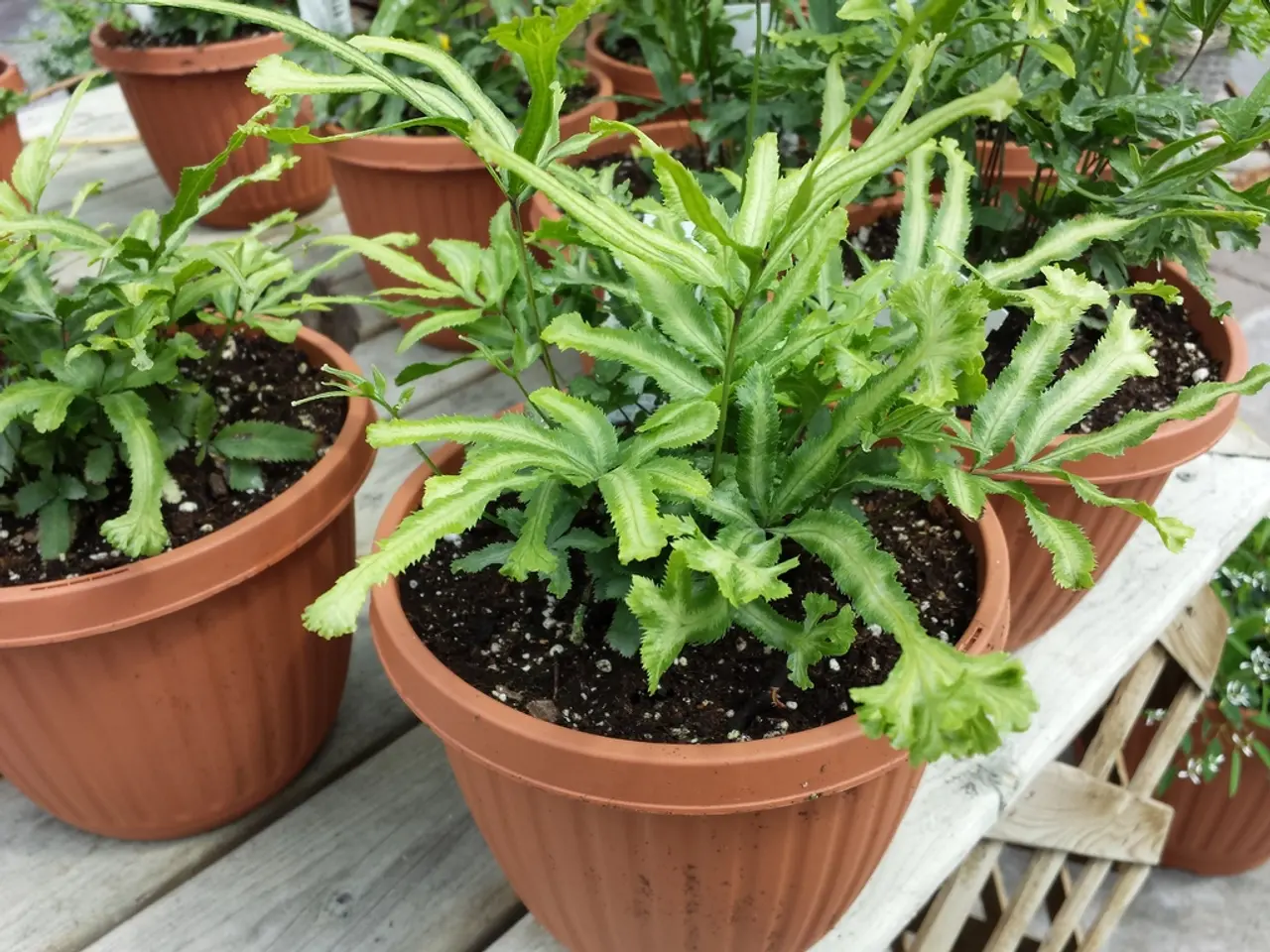Cooking in Earthenware Pots: Discovering the Health Advantages
In the realm of creative pursuits, pottery stands out as a unique and versatile art form. From handcrafted ceramics to clay pot cooking, this ancient practice offers a myriad of benefits that extend beyond aesthetics.
Pottery is not just about creating vessels and items out of clay and ceramic materials, but it's also a hand, wrist, and arm exercise that could be beneficial for those prone to hand arthritis. The process of shaping, moulding, and firing clay requires dexterity and precision, potentially offering therapeutic benefits as well.
Clay pot cooking, a tradition that has waned in popularity, still plays a significant role in preparing certain dishes such as biryani, cassoulet, daube, tagine, jollof rice, kedjenou, cazuela, and baked beans. This method of cooking offers an earthy flavor due to the porous nature of the clay pot, and it maintains the nutritional value of food by allowing heat and moisture to circulate during cooking. Additionally, clay pot cooking can help reduce the risk of heart disease by using less oil during the cooking process.
The art of pottery is rooted in the use of various types of clay, each with its unique properties. There are five primary types of clay used in pottery: porcelain, ball clay, fire clay, stoneware, and earthenware. Each serves a tailored purpose based on desired physical properties and aesthetic qualities.
Porcelain, a white, highly vitrified, and translucent clay fired at high temperatures, is used for fine china, decorative pottery, tiles, and advanced ceramics. Its high firing temperature and pure appearance make it popular for elegant tableware and art pieces.
Ball clay, very plastic and fine-grained, is used primarily to increase plasticity and workability in clay bodies. It is often combined with other clays to form pottery, tiles, and sanitary ware.
Fire clay, also called refractory clay, withstands very high temperatures and is used in firebricks, kiln linings, and heat-resistant ceramics. It is less plastic but highly stable under thermal stress.
Stoneware, a dense, non-porous clay fired at moderate to high temperatures, is tougher than earthenware and used for everyday dinnerware, crocks, and cookware. It offers durability and water resistance.
Earthenware, fired at lower temperatures, remains porous and less strong, used for decorative pottery, flowerpots, and traditional ceramics. It has an earthy appearance and is often glazed to hold liquids.
Ceramic and clay jewelry made from these materials can offer indirect health benefits through relaxation and energy balance, partly due to the tactile and earthy nature of the materials promoting calming effects. Some advanced ceramics derived from these clays (like alumina and zirconia) also have biomedical uses such as hip replacements and dental implants, where their biocompatibility, chemical inertness, and durability contribute to patient health and recovery.
Moreover, pottery can stimulate sociability, providing both cerebral and physical activity, and offering an informal environment for social interactions. It can serve as a natural pain reliever, reducing the discomfort caused by stress. Furthermore, pottery-based artifacts can last a lifetime, acting as a personal reminder of achievements or potential archaeological finds.
In essence, pottery is more than just an art form or a cooking method; it's a means to promote health, sustainability, and community. Whether it's through the creation of ceramic jewelry, the preparation of a traditional meal in a clay pot, or the simple act of shaping clay on a wheel, pottery offers a unique and rewarding experience that continues to captivate and inspire.
References:
[1] Encyclopædia Britannica. (2021). Pottery. Retrieved from https://www.britannica.com/technology/pottery [2] The Mind-Body Connection: How Art Can Heal. (n.d.). Retrieved from https://www.arttherapy.org/about-art-therapy/the-mind-body-connection [3] Pottery and Ceramics. (n.d.). Retrieved from https://www.britannica.com/topic/pottery-and-ceramics [4] Bioceramics. (n.d.). Retrieved from https://www.britannica.com/technology/bioceramics [5] Types of Clay. (n.d.). Retrieved from https://www.pottery-making.org/types-of-clay.html
Science and health-and-wellness often intersect in the realm of pottery, as the art form can provide physical exercise for the hands, wrists, and arms, potentially benefiting those with hand arthritis. Mental health can also be influenced by the tactile nature of pottery, offering a relaxing and calming effect. CBD-infused clay, a recent development in the world of pottery and wellness, is a medium that some artists are experimenting with, aiming to enhance the calming effects even further. Nutrition can be influenced by cooking in clay pots due to the earthy flavor and the maintained nutritional value of food throughout the cooking process, as well as the reduced use of oil during cooking, which can help reduce the risk of heart disease.




